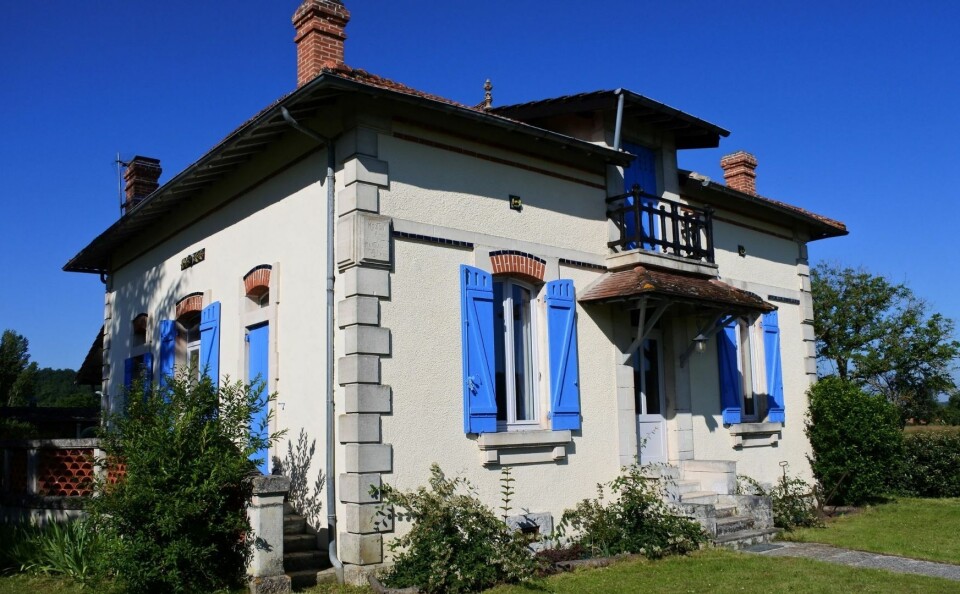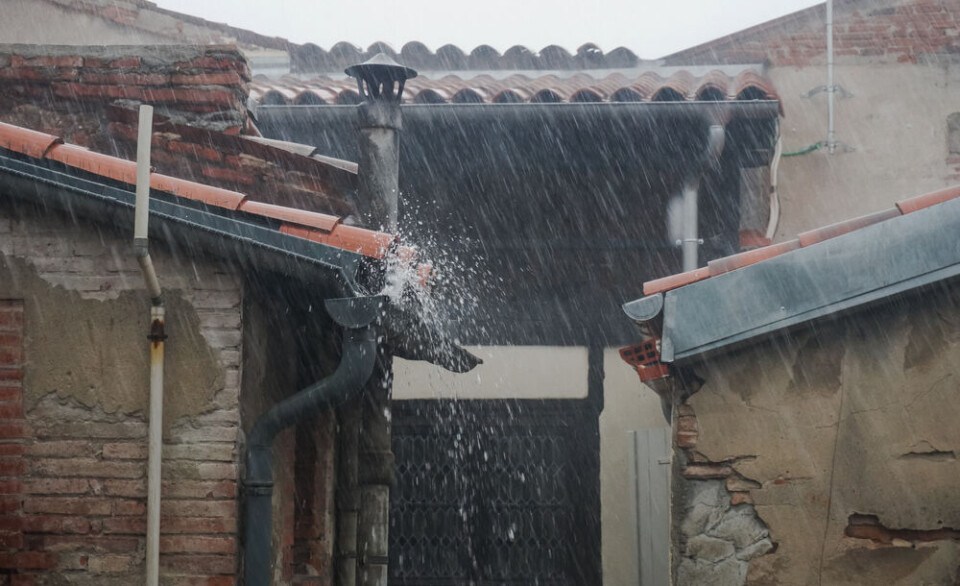-
French woman named one of world’s best teachers
Céline Haller, inspired by English and US teaching methods, has gained recognition for revolutionising learning with hands-on projects and inclusivity
-
The Paris Navigo travel pass also gives culture discounts
Museums, theatres, gardens, cinemas, monuments…the capital’s transport pass can take you further
-
British woman’s murder in Dordogne: ‘personal grudge’ motive investigated
Police are reported to be concentrating on people likely to wish direct ill of Karen Carter who was fatally stabbed on April 29
Dordogne couple uncover history of French home 20 years after purchase
They were too busy renovating the building to trace its history, but the Parisian-style house in the country held secrets of a local boy-done-good

When Derek and Eileen French bought their holiday home in a small village in Dordogne 20 years ago, they were intrigued by some details of the house but too busy doing it up to investigate further.
Once the work was completed, however, they decided to research its history and found a tale of a local lad who did well.
Read more: Six tips to trace the history of your home in France
Read more: If walls could talk- Anglo-French group delve into history of houses
“It is a three-bedroom house which would not look out of place in a well-off suburb of Paris – nothing at all like the usual Dordogne village house,” said Derek.
“There was a plaque with the architect’s and builder’s name, and details like the use of decorative ceramic tiles on the outside, Art Nouveau-style fireplaces and incredible craftsmanship on some fixtures.”

Derek and Eileen French bought historic holiday home in Dordogne. Photo credit: Derek French
Their detective work started with the house deeds, where they found previous owners by the name of Auberon and Auberon-Mercier, the same names as on two elaborate tombs in the village cemetery.
Elderly neighbour helped start the search
A conversation with an elderly neighbour revealed he had actually lived in the house as a caretaker in the past, and that the property had been built at the start of the 20th century by one Pierre Auberon, who “worked for the railways”.
The couple found more details on the Bibliothèque Nationale de France Gallia website and geneaservices.com.
Humble beginnings
Pierre Auberon was born in the village and left school to join the army as a private aged 15, rising through the ranks to become a sergeant in 1890 before joining the reserves, where he ended up as a captain after World War One.
Rose through ranks
After leaving the army, he joined the railway police and was quickly promoted to commissaire, eventually becoming head of the railway police commissaires’ association.
At the time, railways were private but the government oversaw the railway police, with stations having uniformed police officers, and commissaires in charge of each force.
Auberon seems to have been mainly based at Gare d’Austerlitz in Paris.
No expense spared for holiday home
The house was built around 1900 when he married but his wife died in 1903, leaving a daughter. It is not known what happened to her.
Auberon remarried in 1909 and died in 1930 in Paris – there are some traces of donations he made to Action Française, which developed into a far-right movement and provoked the Paris riots of 1934, leading to the fall of the government.
His second wife’s daughter inherited the house and allowed it to be used by priests until her death in Bergerac in 1978.
“From being a cooper’s son to holding the position he did is really something,” said Derek.
“Once he had achieved a certain position, he came back to the village and built the house, not sparing any expense, and probably used it as a holiday house, as we do now.”
Related articles
Property search led to 12th Century chateau in France’s Loire Valley
Templars live on in historic buildings
Explained: How to apply for a renovation grant for your French home
























